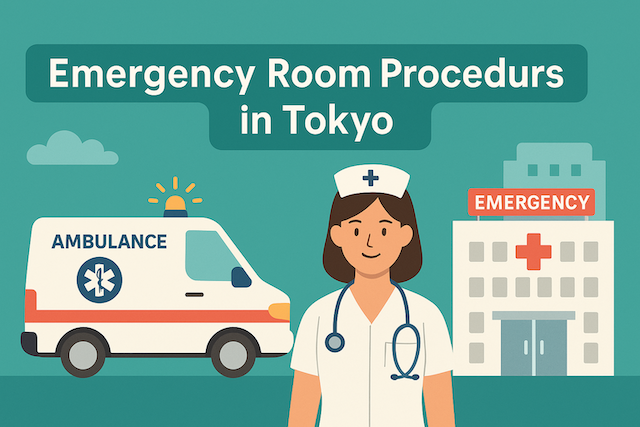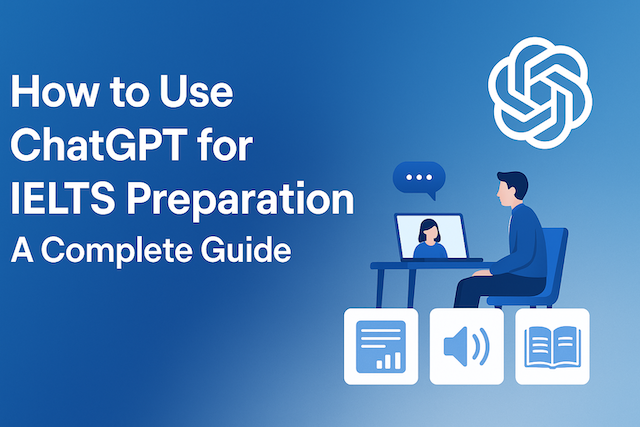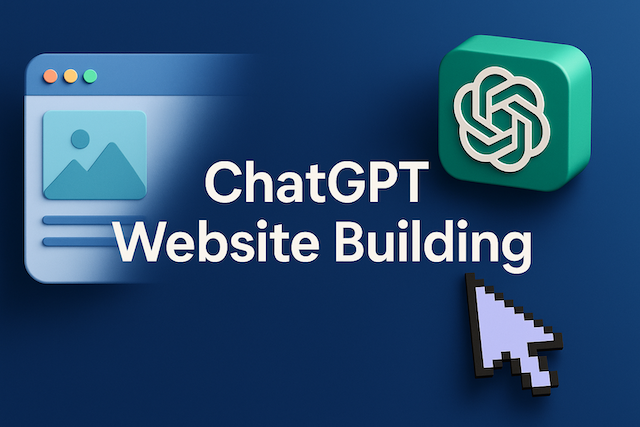Emergency Room Procedures in Tokyo

Contents
- Emergency Room Procedures in Tokyo
- 1. What Constitutes a Medical Emergency?
- 2. Calling an Ambulance in Tokyo
- 3. What Happens When an Ambulance Arrives?
- 4. Are Ambulances Free?
- 5. Arriving at the Emergency Room
- 6. What Documents Should You Bring?
- 7. Language Barriers and Support
- 8. Treatment at the ER
- 9. Payment Procedures
- 10. Overnight Hospital Admission
- 11. Psychiatric or Mental Health Emergencies
- 12. Dental and Pediatric Emergencies
- 13. Aftercare and Follow-up
- 14. Using Foreign Insurance
- 15. ER Procedures for Visitors and Tourists
- 16. Emergency Services for Non-Japanese Speakers
- 17. COVID-19 and Infectious Diseases
- 18. Useful Phrases for the ER
- 19. Emergency Contact Numbers
- 20. Final Tips
- Frequently Asked Questions
- Is 119 the correct number for an ambulance in Tokyo?
- Can I speak English when calling an ambulance?
- Are ambulances in Japan free?
- What hospitals in Tokyo offer English-speaking ER services?
- Do I need to bring any documents to the emergency room?
- How much does emergency treatment cost in Tokyo?
- Can tourists access emergency medical care?
- Are psychiatric emergencies treated in ERs?
- What happens if a hospital is full?
- Are there emergency dental or pediatric services in Tokyo?
- Can I use foreign insurance in Japanese ERs?
- Is interpretation available at emergency rooms?
Emergency Room Procedures in Tokyo
A Comprehensive Guide for Foreigners
When faced with a medical emergency in a foreign country, even basic procedures can feel overwhelming. For foreign residents and travelers in Tokyo, understanding how emergency medical services operate can make a critical difference in outcomes. This guide walks you through the emergency room (ER) procedures in Tokyo—from calling an ambulance to follow-up care—so that you’re prepared when it matters most.
1. What Constitutes a Medical Emergency?
In Japan, you should go to the emergency room if you experience:
-
Chest pain or difficulty breathing
-
Serious injuries or fractures
-
Heavy bleeding
-
Sudden weakness or slurred speech (possible stroke)
-
Loss of consciousness
-
Severe allergic reactions
-
High fever in infants or elderly
-
Psychiatric emergencies (self-harm, severe mental distress)
For minor issues like colds or mild pain, visit a clinic or urgent care center instead.
2. Calling an Ambulance in Tokyo
2.1. Emergency Number
Dial 119 for ambulance services. The number is toll-free and available nationwide.
2.2. Language Support
The Tokyo Fire Department offers multilingual support (English, Chinese, Korean, Spanish, Portuguese, Tagalog, etc.) via interpreter services.
If you don’t speak Japanese:
-
Say “Help! Emergency. English, please.”
-
Provide your location and phone number slowly.
Alternatively, use apps like Japan Travel by Navitime, which includes emergency phrases in Japanese.
3. What Happens When an Ambulance Arrives?
Ambulances in Japan are staffed by trained EMTs. They will:
-
Assess your condition
-
Provide basic care (oxygen, CPR, IV if needed)
-
Transport you to a hospital that has an available ER and is appropriate for your condition
Important: The crew calls hospitals in advance to confirm availability. If the hospital refuses due to overcrowding, they’ll try another.
4. Are Ambulances Free?
Yes. In Japan, ambulance services are free. However, you pay for treatment once at the hospital.
5. Arriving at the Emergency Room
Once at the hospital:
-
You’ll be taken to the ER department for triage.
-
A nurse will assess your condition and prioritize care.
-
You may have to wait if your case is not life-threatening.
6. What Documents Should You Bring?
If possible, bring:
-
Health insurance card (NHI or private)
-
Residence card or passport
-
Medication list or actual medicine
-
Allergy information
-
Cash or credit card
Even in emergencies, these help speed up admission and treatment.
7. Language Barriers and Support
Most ERs operate primarily in Japanese, but several hospitals in Tokyo offer English-speaking services:
-
St. Luke’s International Hospital (Tsukiji)
-
Tokyo Medical University Hospital (Shinjuku)
-
Juntendo University Hospital (Bunkyo)
-
Tokyo Metropolitan Hiroo Hospital (Hiroo)
-
Keio University Hospital (Shinanomachi)
Some hospitals offer on-demand interpretation via iPad or phone.
8. Treatment at the ER
You may receive:
-
Blood tests, ECG, imaging (CT, MRI, X-ray)
-
Medication
-
Wound treatment or fracture care
-
Emergency surgery, if necessary
-
Psychiatric evaluation (via duty psychiatrist)
Doctors will explain findings and recommend treatment. If you need hospitalization, they will admit you or refer you elsewhere.
9. Payment Procedures
9.1. With Insurance (NHI or Shakai Hoken)
You pay 30% of the cost. Most hospitals accept Japanese insurance at the time of billing.
9.2. Without Insurance
You must pay 100% upfront. Be prepared for higher charges, especially if imaging, bloodwork, or surgery is involved.
Typical ER bill:
-
Minor treatment: ¥5,000–¥20,000
-
Severe case with tests: ¥30,000–¥100,000+
10. Overnight Hospital Admission
If you’re admitted:
-
You’ll be asked to present insurance documents
-
A deposit may be required (for uninsured patients)
-
Rooms vary from multi-bed wards to private rooms (with added cost)
-
Meals, pajamas, and toiletries may not be included
Family or embassy staff can help with logistics if needed.
11. Psychiatric or Mental Health Emergencies
In cases of suicidal ideation, panic attacks, or psychosis:
-
ER doctors may involve psychiatric specialists
-
You may be transferred to a mental health facility
-
Involuntary admission is possible under the Mental Health Act (if danger is present)
TELL Lifeline (03-5774-0992) offers 24/7 mental health support in English.
12. Dental and Pediatric Emergencies
-
For dental emergencies, each ward designates on-call dentists during off-hours
-
Pediatric ERs exist at select hospitals (e.g., National Center for Child Health and Development)
You can check availability via:
-
Tokyo Medical Information Service (AMDA)
-
Tokyo EMS smartphone app
-
Local ward office websites
13. Aftercare and Follow-up
After your ER visit, the hospital may:
-
Schedule a follow-up at their outpatient clinic
-
Refer you to a specialist
-
Provide a written report for insurance or embassy
Always keep your discharge summary and receipts.
14. Using Foreign Insurance
Most Tokyo hospitals operate on a pay-first system. If you have international insurance:
-
Ask for a detailed receipt (明細書 / meisai-sho)
-
Submit the receipt to your insurer for reimbursement
-
Some hospitals accept direct billing for certain expat health plans
15. ER Procedures for Visitors and Tourists
Tourists should:
-
Keep their passport and travel insurance card ready
-
Know their travel insurer’s emergency number
-
Use embassy assistance if necessary
The Japan National Tourism Organization (JNTO) also offers a multilingual tourist helpline at 050-3816-2787.
16. Emergency Services for Non-Japanese Speakers
In addition to hospital resources, foreigners can access:
-
TELL Lifeline – Mental health support
-
AMDA Medical Information Center – Multilingual hospital directory
-
Tokyo Fire Department EMS Interpreters – Phone-based support for 119 calls
-
JNTO Emergency Support – For visitors and tourists
17. COVID-19 and Infectious Diseases
During outbreaks:
-
Hospitals may limit ER access
-
Fever clinics may be set up separately
-
Call ahead or consult a ward health center before visiting
Masks and hand sanitation remain standard protocol in most medical facilities.
18. Useful Phrases for the ER
| English | Japanese |
|---|---|
| I need an ambulance | 救急車をお願いします (Kyūkyūsha o onegaishimasu) |
| I don’t feel well | 具合が悪いです (Guai ga warui desu) |
| I’m allergic to… | …にアレルギーがあります (…ni arerugī ga arimasu) |
| Please speak English | 英語を話してください (Eigo o hanashite kudasai) |
| It hurts here | ここが痛いです (Koko ga itai desu) |
19. Emergency Contact Numbers
-
Ambulance / Fire: 119
-
Police: 110
-
TELL Lifeline (English): 03-5774-0992
-
JNTO Emergency Tourist Support: 050-3816-2787
-
AMDA Medical Information Center: 03-5285-8088
20. Final Tips
-
Keep a medical emergency card in your wallet (with allergies, conditions, contact info)
-
Know your blood type
-
Carry your insurance card or policy copy at all times
-
If in doubt, err on the side of caution and seek care early
Being informed doesn’t prevent emergencies—but it gives you power and peace of mind. Tokyo’s emergency rooms are well-equipped and experienced, and with a bit of preparation, you can navigate them even under pressure.
Frequently Asked Questions
Is 119 the correct number for an ambulance in Tokyo?
Yes. Dial 119 for ambulance and fire services. The number is free and available 24/7.
Can I speak English when calling an ambulance?
Yes. The Tokyo Fire Department offers multilingual support including English. Just say “English, please” and speak clearly.
Are ambulances in Japan free?
Yes. The ambulance ride is free, but you will be charged for treatment at the hospital.
What hospitals in Tokyo offer English-speaking ER services?
Some major hospitals with English-speaking staff include St. Luke’s International Hospital, Tokyo Metropolitan Hiroo Hospital, and Keio University Hospital.
Do I need to bring any documents to the emergency room?
Yes. Bring your health insurance card, residence card or passport, and a list of any medications or allergies.
How much does emergency treatment cost in Tokyo?
With insurance, you pay 30% of the cost. Without insurance, you must pay 100% upfront. Costs can range from ¥5,000 to ¥100,000 depending on the treatment.
Can tourists access emergency medical care?
Yes. Tourists can visit any emergency room. Be sure to carry your passport and travel insurance information.
Are psychiatric emergencies treated in ERs?
Yes. Psychiatric emergencies are assessed in ERs and may result in referral or admission to a mental health facility.
What happens if a hospital is full?
Paramedics will call other hospitals to find one that can accept you. You may be taken to a hospital farther away.
Are there emergency dental or pediatric services in Tokyo?
Yes. Each ward has designated on-call dentists and pediatric ER services. Check with your local ward office or AMDA Medical Info Center.
Can I use foreign insurance in Japanese ERs?
Most hospitals require upfront payment. You can request a detailed receipt to file a reimbursement claim with your foreign insurer.
Is interpretation available at emergency rooms?
Some hospitals offer on-demand interpretation via tablets or phone. However, English may not always be available on-site immediately.




